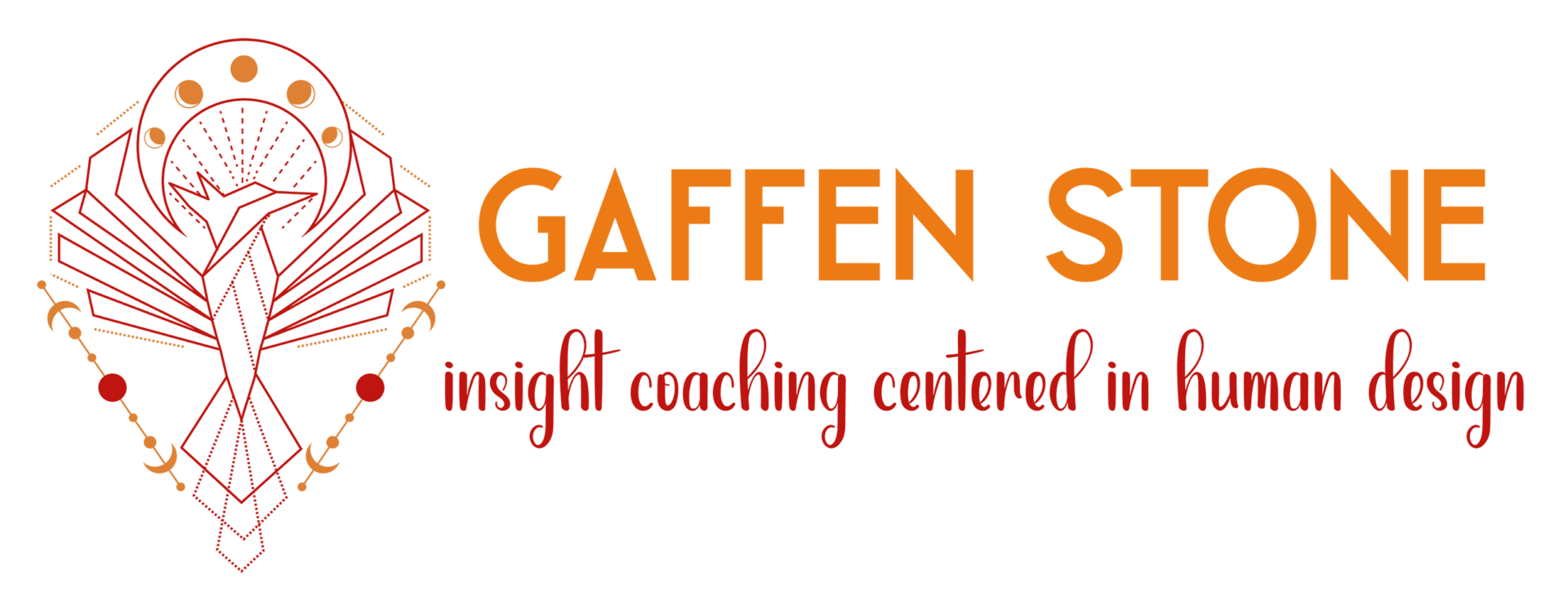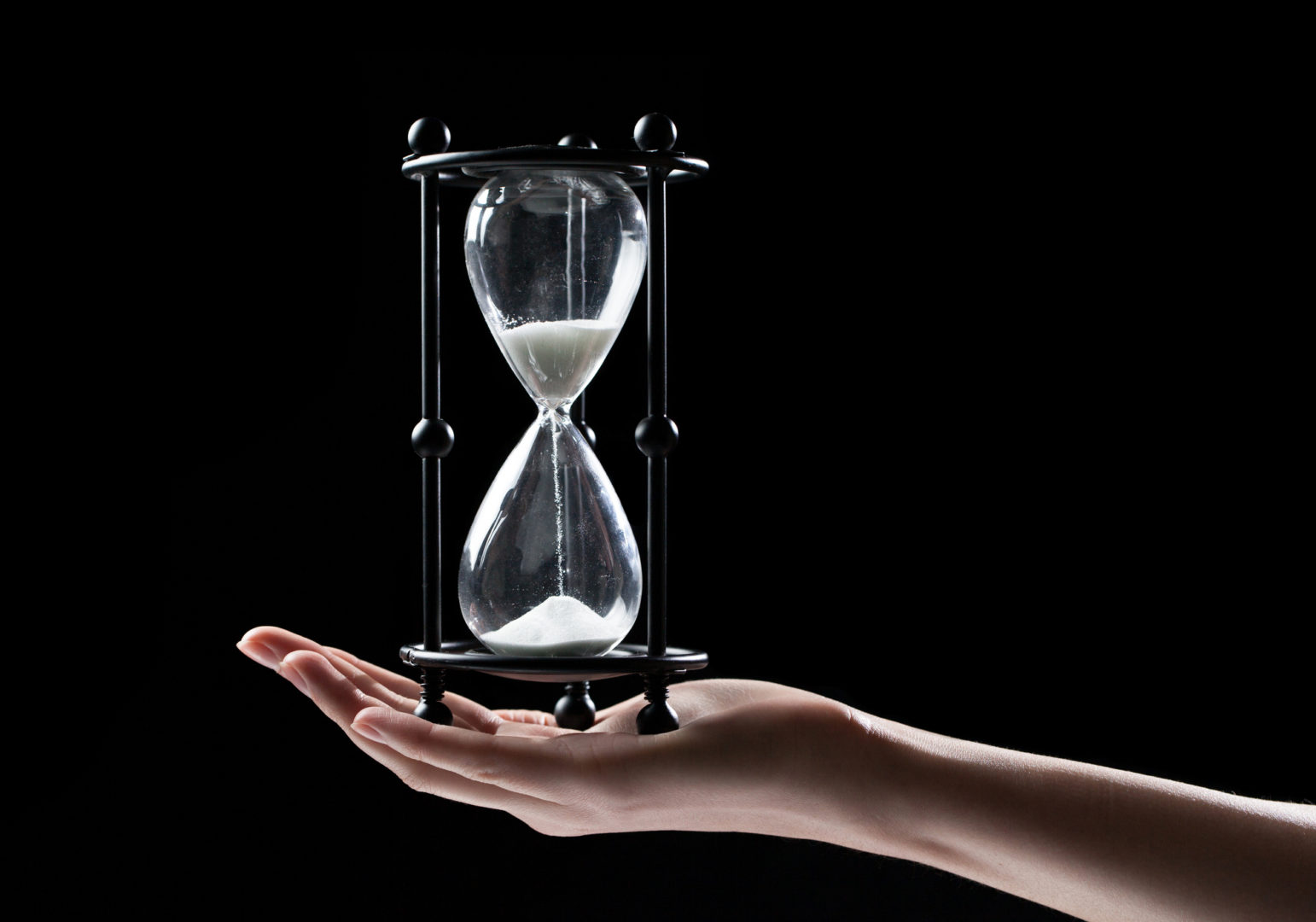Hello again! It’s great to see you here.
Did you find the post about reinforcement (not bribery) to be helpful? I hope so!
But wait.. There’s more!
What about punishment?
Well, there’s a lot to say about this, but let’s keep it brief.
So, punishment is something that happens right after a behavior that makes you not want to do the behavior again. It’s important to note that it is not the intention behind the “punishment” that makes a thing actually punishing. (See the previous post about praise when you find it annoying!)
What makes a thing a punishment is the effect it has on the behavior.
You just know I have examples for you.
Here we go: You might intend an ice cream to be reinforcing, or just to be a nice thing to give someone. But if the person you give it to has lactose intolerance or hates that particular flavor, they may well find it to be punishing. They won’t want to eat that again anytime soon.
Or how about this:
You could reasonably expect yelling at a child for making noise by banging pot lids together to be a punishment, right? You would think so! But to figure out whether it’s punishment or reinforcer, you have to ask the question, “does it stop the behavior?”
Did it? Probably not.
Guess what? In this case, yelling isn’t a punishment! The child may want the attention! If so, I’ll bet you find you now get more noise than you had ever thought possible. Ohhh yeah! Attention in any form can be pure gold, even if it is not ‘happy’ attention.
And what about spanking?
Did you read the earlier post I wrote all about this? It has a catchy title.
If you haven’t read it yet, please do. I can wait.
You’re back! Welcome!
To recap, spanking is not effective. You may think it is, and there are people who will swear it is, but that child who has been ‘whooped’ into behaving well in front of you is actually learning to be one of the sneakiest kids around. They are not learning to not do the behavior. They are learning not to get caught.
BIG difference!
For everyone’s sake, please avoid this scenario. There are no winners.
Another thing about punishment?
It doesn’t replace the unwanted behavior with anything good. Or anything, really.
So, what do you think the result will be?
If you think about it, stopping a behavior by using punishment shows the kiddo what not to do – if you have timed it to follow the behavior immediately, that is. You have to be fast! Waiting five minutes or letting other things happen in between simply punishes the last thing that happened, and that thing might be something you want to see more of.
Looking back to some earlier posts for a moment or two… Whatever you tell the child is going to happen as a result of his behavior is what you need to follow through on. That means you need to be really careful what you say you’re going to do is something you actually can do.
Let’s say you’ve decided punishment is the way to go. Okay, to be effective and fair, the punishment needs to fit the ‘crime’. For example, if the child has drawn all over the wall with something washable (here’s hoping) then you can reasonably tell him to clean it up. Show him how.
If the child is too young to do this well, he can make the attempt, so he gets the idea.
In case you are interested, this is called “response cost” in ABA terms.
This type of possible punishment (because it might well work) does have the benefit of showing the child that there is work involved in fixing what he did. You might want to make sure he knows where the paper is and can reach it before his next masterpiece.
In the same wall drawing scenario, reactions such as taking the child’s iPad away or refusing to take them to the park makes no sense at all. The two things don’t connect in the child’s mind (or mine, for that matter). No connection, no desired result.
The behavior was drawing in the wrong place, the reaction from the adult was to take an iPad away.
Huh??
I’m sure you can think of a whole lot of comparable situations you have seen or lived where the ‘punishment’ didn’t have anything to do with the behavior (aka ‘crime’).
Here’s another not favorite... the good old time-out chair.
It can be useful but is often misused.
There are a few guidelines if you feel this is something you want to use.
- Is the child really old enough to understand why they are sitting there?
- Do they know what they are supposed to get from this experience? (Tip – “think about what you’ve done” means nothing at all to a young child. What do you want them to think when they think about what they have done?)
- Kids made to sit on a chair as a punishment tend to get the message that they are not supposed to enjoy the experience. Then we tell them to sit on a chair at the table for mealtimes. Then we want them to sit in the classroom. But the point of punishment is for the recipient to not keep doing the behavior….I think you can see where this is going.
So, the takeaway from this wee post is that for everyone’s sake, avoid using punishment if at all possible. If you do feel the need to use it, make sure it makes sense.
Seem fair?
You’ve got this, you know you do! – Mikki.



0 Comments